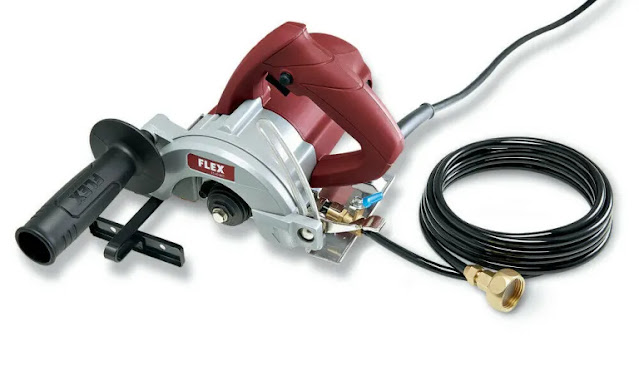Introduction
Embarking on a home improvement project? The wet tile saw is your go-to tool for precision and efficiency. In this guide, we'll delve into the world of wet tile saws, exploring their diverse applications, benefits, and expert tips to elevate your tile-cutting game.
Wet Tile Saw: Unveiling the Basics
Wet Tile Saw: An Overview
Unraveling the magic of the wet tile saw, this section provides a bird's eye view of its functionalities, making it an indispensable tool for DIY enthusiasts and professionals alike.
Advantages of Using a Wet Tile Saw
Explore the myriad benefits of opting for a wet tile saw, from precise cuts to reduced dust. Discover why it's a game-changer for anyone looking to achieve flawless tile installations.
Choosing the Right Wet Tile Saw
Key Features to Look for
Navigating the market for a wet tile saw? Learn about the essential features to consider, ensuring you make an informed decision that aligns with your specific needs.
Wet Tile Saw Types
Dive into the different types of wet tile saws, from handheld models to tabletop wonders. Find the perfect fit for your project and make every cut count.
Using a Wet Tile Saw: Tips and Tricks
Wet Tile Saw Safety Measures
Prioritize safety with our expert tips on using a wet tile saw. From protective gear to workspace setup, ensure a secure and accident-free tile-cutting experience.
Maximizing Precision with Your Wet Tile Saw
Unlock the full potential of your wet tile saw by mastering the art of precision cutting. Our detailed insights will guide you through the process, ensuring your projects are nothing short of perfection.
Wet Tile Saw in Action
Real-Life Applications
Delve into real-life scenarios where the wet tile saw proves its worth. From intricate designs to large-scale projects, witness the versatility of this remarkable tool.
Frequently Asked Questions
Can I use a wet tile saw for porcelain tiles?
Absolutely! Wet tile saws are ideal for cutting porcelain tiles, providing clean and precise results without chipping.
What safety precautions should I take when using a wet tile saw?
Always wear protective gear, including safety glasses and gloves. Ensure a well-ventilated workspace and follow the manufacturer's guidelines for optimal safety.
How do I maintain my wet tile saw for longevity?
Regular cleaning and lubrication are key. Keep the saw blade sharp, and store the tool in a dry environment to prevent rusting.
Can a wet tile saw handle angled cuts?
Certainly! Many wet tile saws come with adjustable features, allowing you to make angled cuts with ease. Refer to your tool's manual for specific instructions.
Are wet tile saws suitable for DIY projects?
Absolutely! Wet tile saws are user-friendly and perfect for DIY enthusiasts. With a bit of practice, you'll be achieving professional-level results in no time.
Can I cut different materials with a wet tile saw?
While designed for tiles, wet tile saws can also cut through materials like glass and natural stone. Adjust the blade accordingly for optimal results.
Conclusion
In conclusion, the wet tile saw stands as a reliable companion for anyone venturing into the realm of tile cutting. Armed with this guide, you're equipped with the knowledge to make informed decisions, ensuring your projects are a cut above the rest.

Comments
Post a Comment